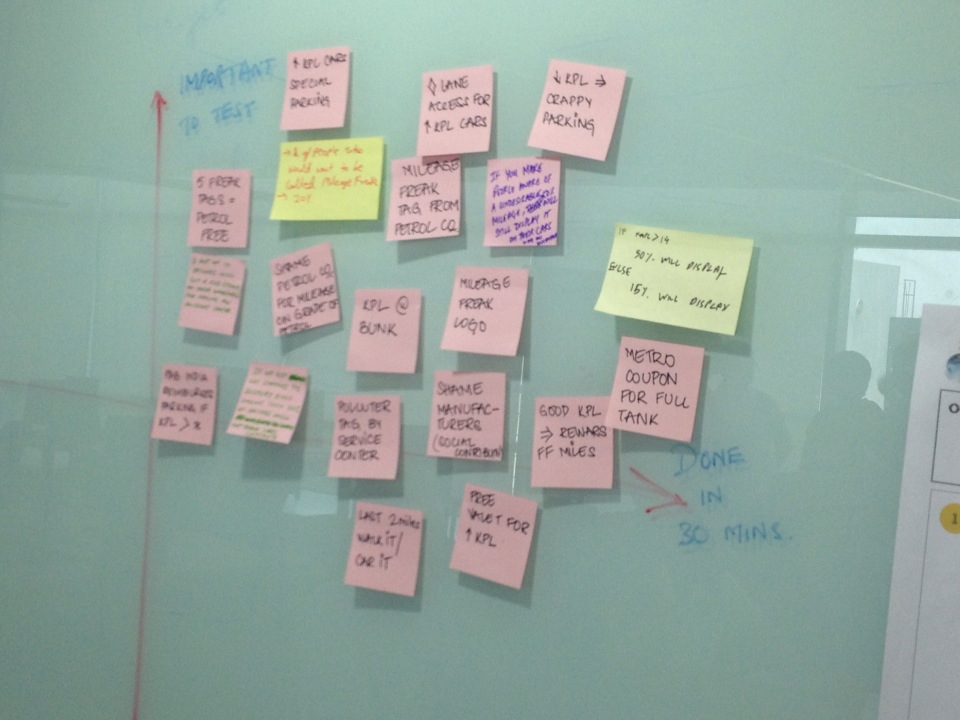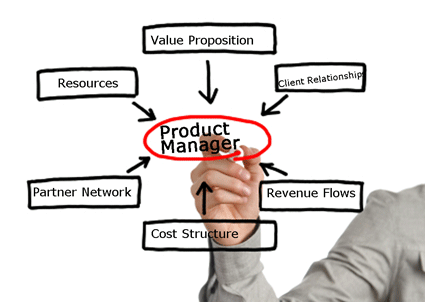Over the last few months, I have interacted with a couple dozen awesome product startups in India as a part of product roundtables organized by iSPIRT, a non-profit industry group for software product companies in India. The roundtables that were in Pune, Delhi and Ahmedabad included around 8–10 product founders getting direct feedback about their products from their peers and experienced product founders.
The goal of this roundtable is to help software product companies gain more traction without doing sales. Sales is a great tool, no doubt. But if the product is designed in a way that it can be used without anyone’s hand-holding, then it can be used by a large number of people very quickly. The feedback from these users creates a virtuous cycle of improvements and more users. This has been the central theme of these roundtables.
Most of the products we saw were well executed. A cottage industry of SAAS applications and marketplaces is blooming all over India. Many of them have the potential to become sustainable and profitable businesses. The obsession is ofcourse about building the next unicorn, the billion dollar startup, but we will keep that on hold for now. If we are able to create an ecosystem with hundreds of successful apps, the unicorns will automatically emerge.
As a bootstrapped and sustainable startup, with a product that is more than 8 years old, we are probably only a few steps ahead of these young startups. Sometimes, you can learn a lot more from people who are a few steps ahead of you than those who are way ahead, so I am happy to share my journey with them. In the process, I have learnt a lot from these startups too and having interacted with so many of them. There are some themes that I have seen again and again that seem interesting.
Making good looking CRUD apps is a commodity
The state of web tools in 2016 is such that building a basic app that has CRUD (create, read, update, delete) functionality is very easy. The frameworks and design resources available can make your apps look professional and neat. A couple of devs can churn out such apps with reasonable polish, within a few weeks. Using contractors and themes, you can churn out good looking websites pretty fast too.
What startups need to think about is distribution. How will people know about the app? Why will they sign-up? Why will they tell their friends about it?
Sales is still the default option
Most startups still rely on high touch sales to get users. The good thing about doing sales is that you get first-hand feedback from your users. If you are a good sales person, and if you are persistent, you can convince the user to sign-up for your application too.
The bad thing about this is that you have no idea what a user who has no context about your product thinks about it. You have no idea of easy or hard it is to start using your app instantly. You cannot reach out to users who are not in your network or timezone. And doing sales is expensive and not scalable.
To build applications that get customers without sales, products need:
- Great copy on the website that makes it extremely easy for someone to understand what the product is about.
- Automated, instant, no-hassle sign-up.
- On-boarding workflows.
- Online help with videos and documentation.
- Excellent product usability and quality.
Often, these projects are as daunting as building the original app, if not more. Often this is what takes time and is largely under-estimated.
Standing out, communicating clearly
Very few of the products we saw were memorable in terms of their marketing and communication. Since we live in the internet era where we are exposed to the best quality of content, it becomes even more important to be memorable and interesting. As the branding and design great Stefan Sagemeister puts it, “Everyone who is honest is interesting”, companies need to be a lot more honest about who they are and why they do what they do.
The best example I can think of is Basecamp. They have set the standard of how companies should communicate about themselves. Companies can use a lot more authenticity and their personal stories a lot more. Using stock images with caucasian models just does not cut it.
Closing
It has been fantastic communicating with these startups and the credit of making this happen goes to Avinash Raghava and iSpirt. Doing grassroots work is always hard and unsexy and not very visible, but is very necessary if you want to create a lasting change. It has been awesome to interact with Niraj and Pravin, two awesome product thinkers with whom I have conducted these sessions.
I wish I had access to such mentoring when I was starting off few years ago, and I am excited about the future sofware products that are coming out of India.



